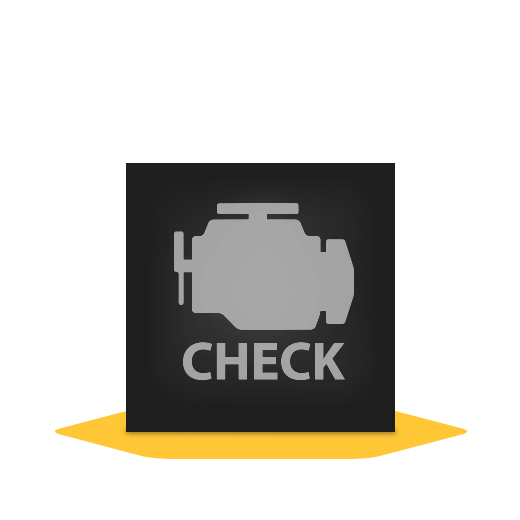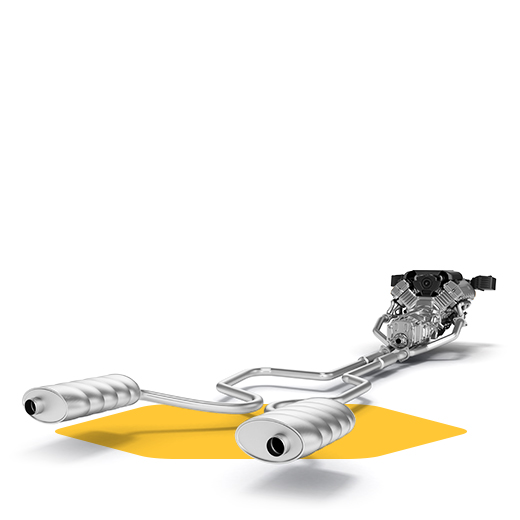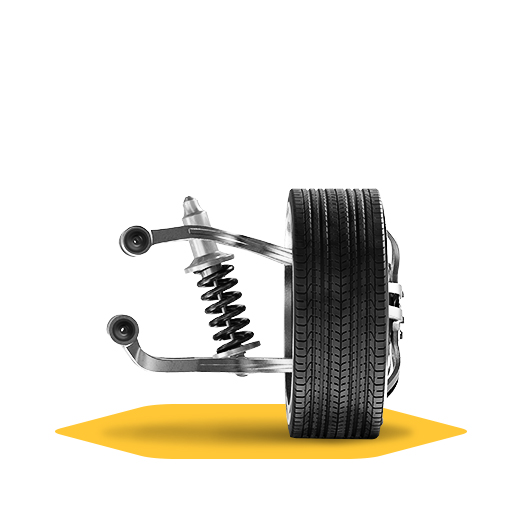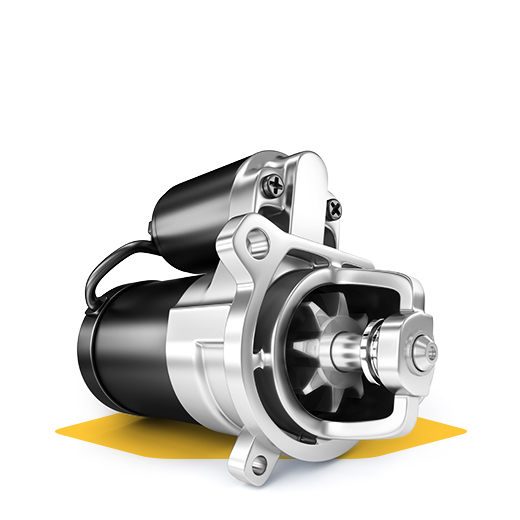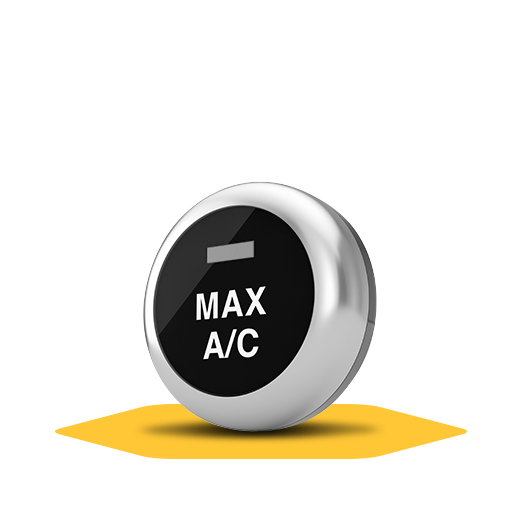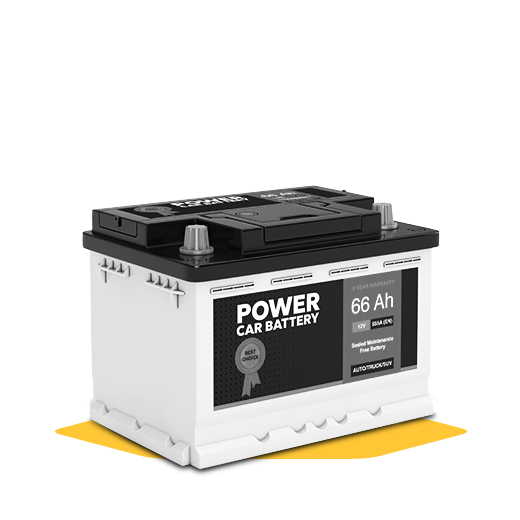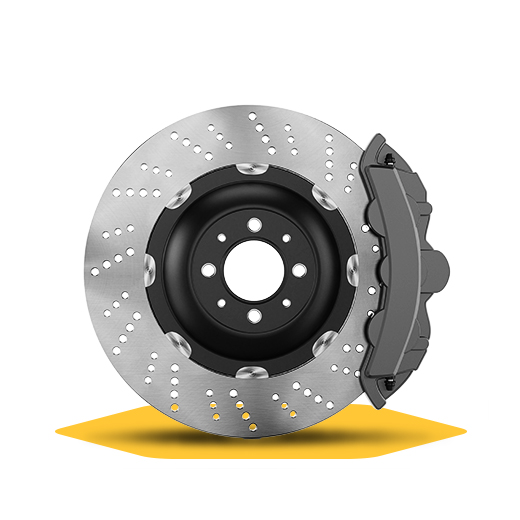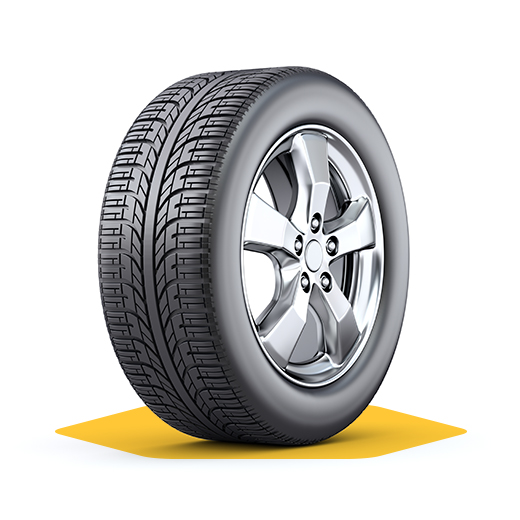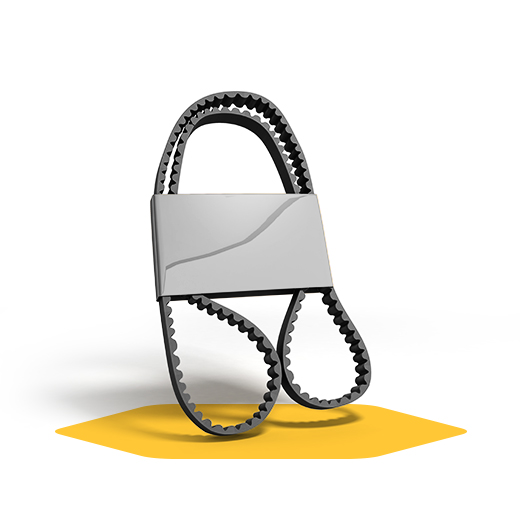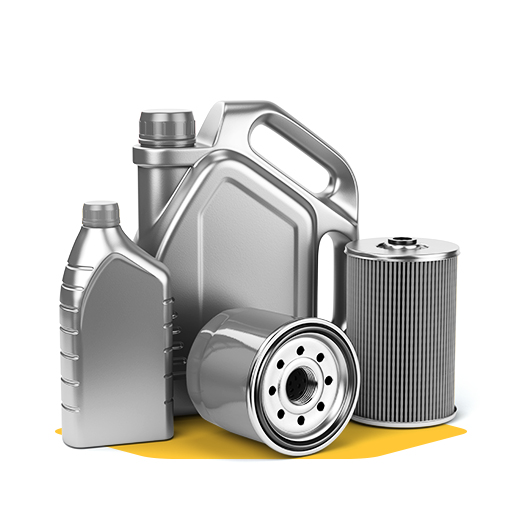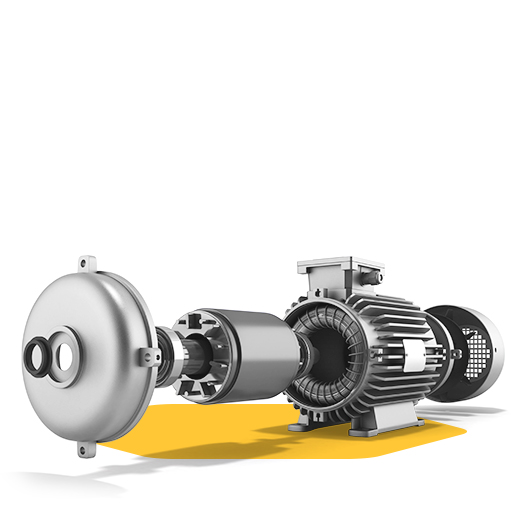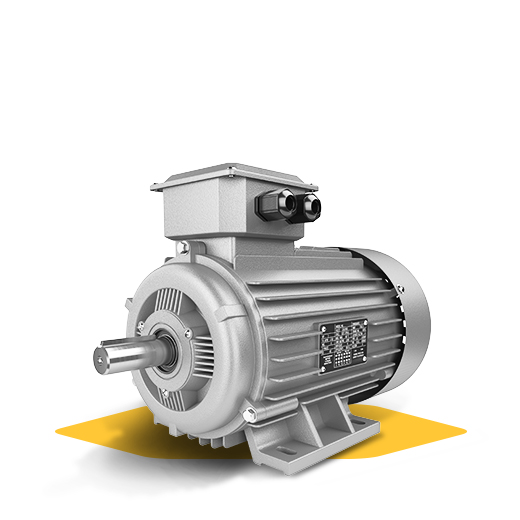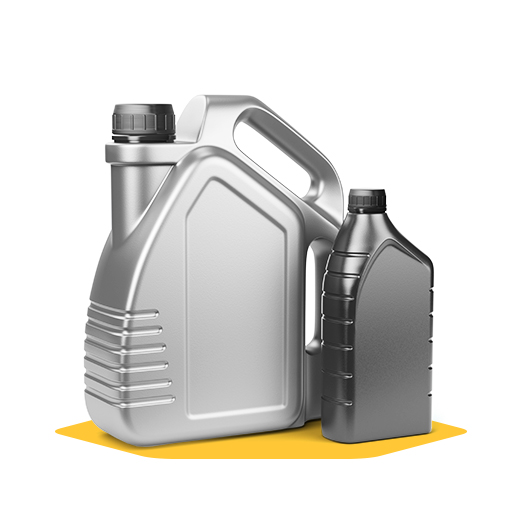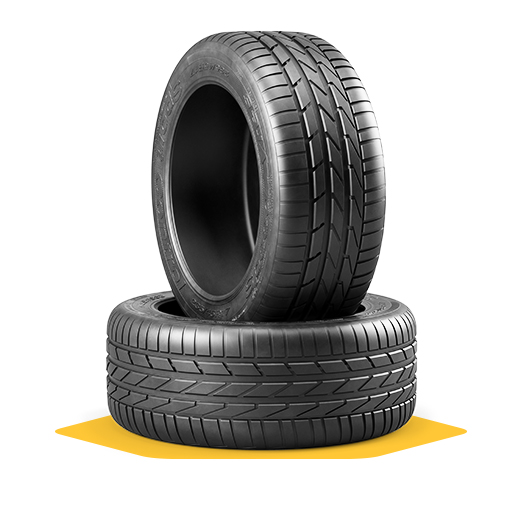Checking Tire Pressure in the Winter Is Critical
Managing tire pressure in the winter isn’t quite the same as it is during the summer. Why? Because cold weather can have a serious impact on the level of inflation inside your tires. Fluctuating temperatures can lead to uneven tire pressure, which, in turn, can have an impact on your safety out on the road.
The Skinny on Winter
When air gets cold, it starts to contract. This isn’t something you’ll normally notice in the atmosphere because it’s such a vast system, but within the tight, pressurized confines of a tire, it’s a different story. The colder it gets, the more the air in your tires contracts, which leads to a reduction in tire pressure in the winter that can be difficult to predict.
In fact, even things like which side of your car is exposed to direct sunlight during the day can affect tire pressure. The general rule of thumb, however, is that you can expect a drop of a single pound per square inch for each 10-degree-Fahrenheit slide on the thermometer.
Why It Matters
Uneven tire pressure, where one side of the car is riding on less air than the other, can make a vehicle’s handling more unpredictable, especially in slippery winter conditions. Even if the drop in tire pressure is even at all four corners, under-inflated tires are less safe to drive on for two main reasons.

The first has to do with wear. If your tires aren’t inflated up to factory spec, then the weight of your car or truck will cause the tread to bow in the middle, leaving the outside edges of the tire to take the brunt of the stresses associated with driving. This wears out the outside of your tires more quickly than the inside.
The second reason is safety-related. Since the middle of the tire tread is out of the picture, it can’t assist in channelling snow, water, or slush, and the tire’s footprint is reduced. Your vehicle loses grip on the road, notably when turning and braking, and is less capable as a result.
How to Deal
The easiest way to deal with low tire pressure in the winter is to make sure you visually inspect your tires at least once a day to see if they look like they need more air. On especially cold days or days where temperatures have swung by a wide margin, you can double-check them with a tire gauge to see if the pressure meets manufacturer-recommended levels. If not, you can use a small air compressor or the air hose at a gas station to help get things back on track.
Checking your tire pressure is a simple maintenance task—but neglecting it can lead to complications. Make sure to take a little time out of your day in the winter months to save yourself from tire trouble down the road.
Benjamin Hunting
